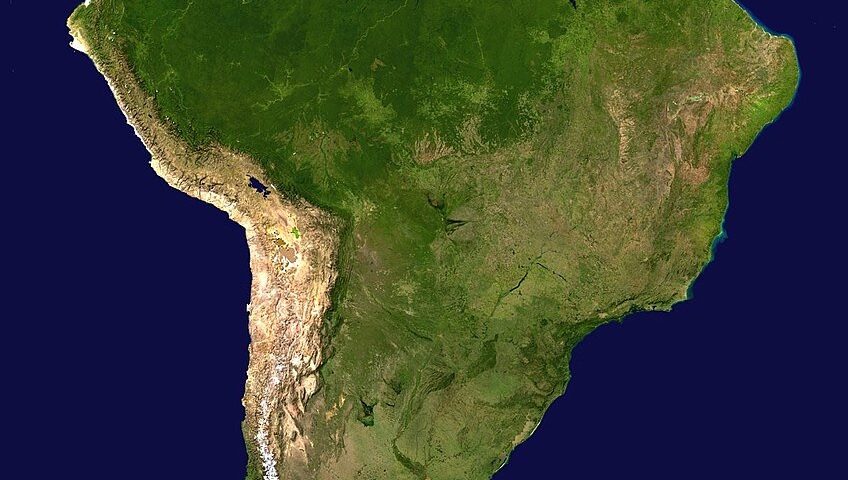
The Difference Between the Best and Worst Airlines
January 23, 2023
The Many Sides of the Ford Pickup Truck
January 25, 2023Imagine a truck driver carrying cargo destined for a neighboring country. At the border, though, it takes hours to fill out documents. Then he also has to prove regulatory compliance and be sure he has the currency he needs.
With their trade up almost 21 percent between the first 11 months of 2020 and 2021, Brazil and Argentina know that if they had a common market, there would be far fewer delays.
A Common Currency
At this week’s 33 nation Buenos Aires summit, Brazil and Argentina will begin to plan for a common currency. Tentatively named the “sur” (south), it would at first function next to the Brazilian real and the Argentine peso. Beyond a name, the tougher issues that have to be articulated include fiscal policies, the role of central banks, and trade integration. Then, from a base of two countries, they could build a regional free trade zone. Composed of all Latin American countries, it would represent five percent to the global GDP. (The eurozone is 14 percent.)
Our Bottom Line: A Common Market
Common markets minimize trade hassles. In his online course, economist Timothy Taylor names the four benefits of a common market:
Indeed, through a larger free trade zone, the productive synergies multipy. With people you get more consumers that will have a greater variety of goods and services from which to choose. At the same time, labor and capital can trave;l to where they are needed.
It is amazing that our founding fathers created our “common market” when they replaced the Articles of Confederation with the Constitution. The European process was accelerated with the Single Market Act in 1986. And now, contemplating an East African Common Marke Burundi, Kenya, Rwanda, Tanzania and Uganda are 5 East African nations trying to move in a similar direction as are Brazil and Argentina.
My sources and more:Always interesting, the Marketplace Report alerted me to the Argentina Brazil deal. From there, more of the story was in the Financial Times. Then, I just added what I shared with my students when I was a history teacher. I also thank economist Timothy Taylor for his list of common market benefits.
![econlifelogotrademarkedwebsitelogo[1]](/wp-content/uploads/2024/05/econlifelogotrademarkedwebsitelogo1.png#100878)




